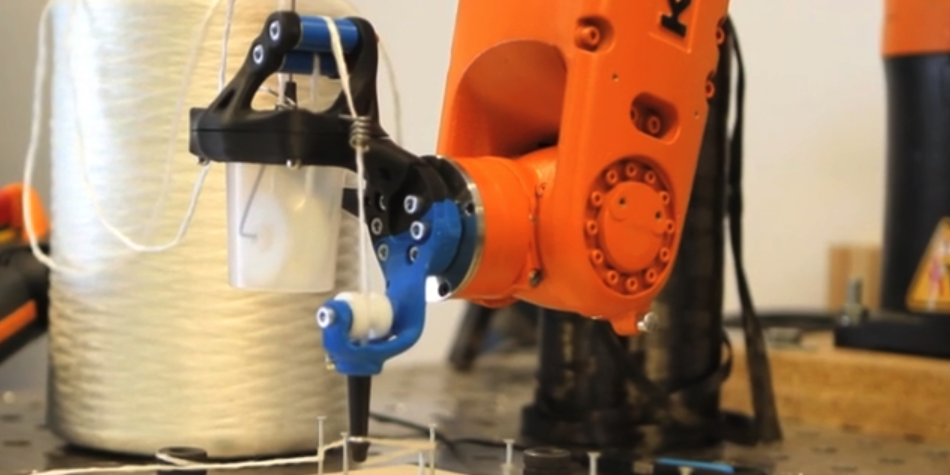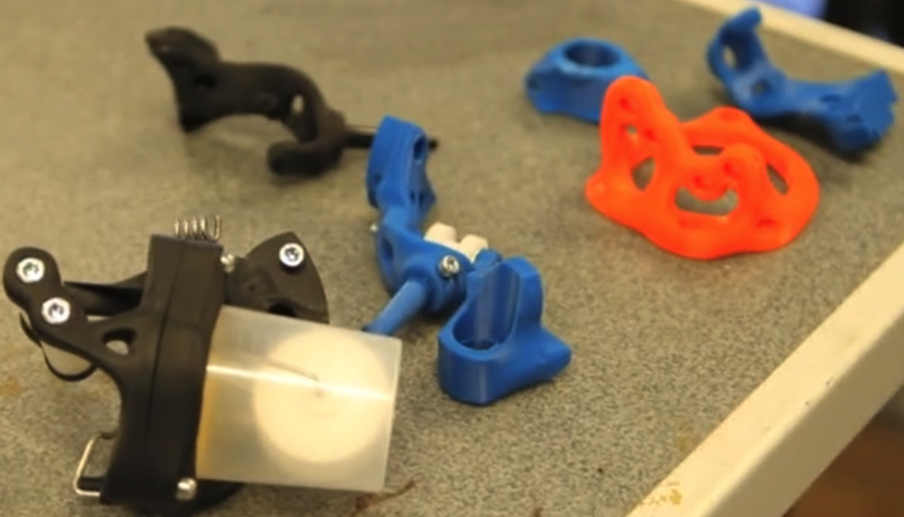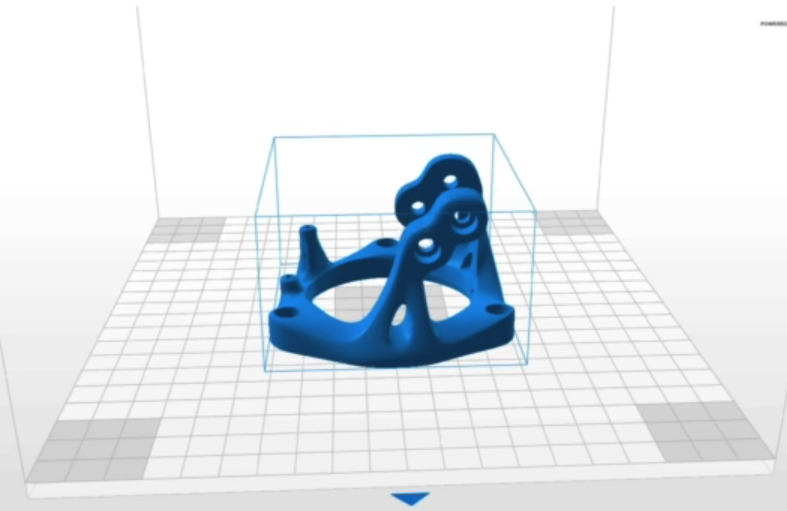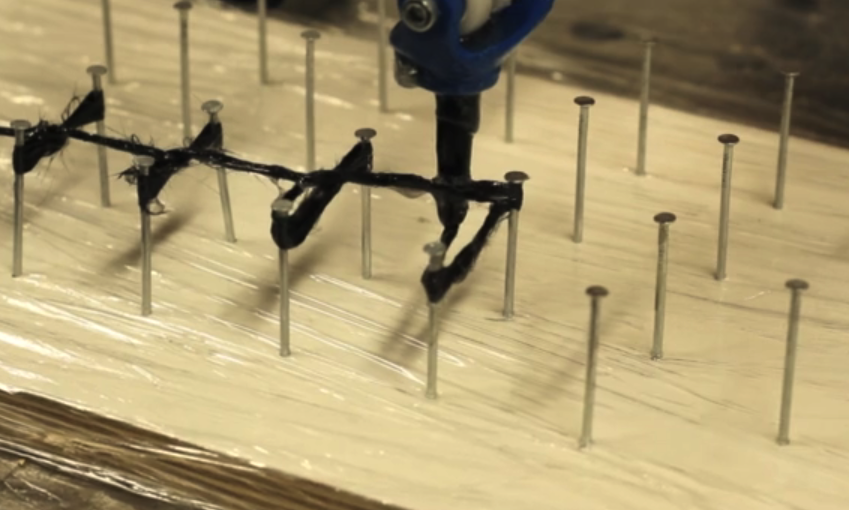 In the 1960s a material called carbon fiber really began to show its potential in the creation of ultra strong, ultra light parts which were utilized by companies such as Rolls-Royce, Morganite and Coutaulds. Over the years, the technology behind the manufacturing processes of carbon fiber, as well as their potential uses, has increased substantially. Today, the demand for carbon fiber composites is close to $20 billion annually, with more uses coming about for the material on a continuous basis.
In the 1960s a material called carbon fiber really began to show its potential in the creation of ultra strong, ultra light parts which were utilized by companies such as Rolls-Royce, Morganite and Coutaulds. Over the years, the technology behind the manufacturing processes of carbon fiber, as well as their potential uses, has increased substantially. Today, the demand for carbon fiber composites is close to $20 billion annually, with more uses coming about for the material on a continuous basis.
Just recently has the world of 3D printing begun to realize the benefits of carbon fiber, with the introduction of various new technologies for printing with the material. Most notable would probably be MarkForged’s Mark One 3D printer which actually can print objects with carbon fiber embedded into them. The parts come off of the print bed with properties very similar to more traditional carbon fiber manufactured parts. There have been other companies and individuals dabbling with the idea of 3D printing carbon fiber as well, and there have been several carbon fiber composite filaments released for ordinary desktop 3D printers over the past two years.
Now, one School of Form student in Poznań, Poland is using 3D printing to create a machine which itself has the ability to print and weave carbon fiber. As part of her graduation project, Basia Dżaman has used a KUKA robot and added to it custom 3D printed tool heads and parts in order to turn the robot into a carbon fiber weaving machine.
“I focused on creating a fully working technology that allows you to make any carbon construction built around a supporting structure,” Dżaman explained. “Carbon fibre is coated with resin during the process. All the tools used by KUKA were modeled in Rhino and 3D printed.”
Dżaman has used the carbon fiber weaver/printer to create a traditional Polish handcraft art called “snutki.” It extrudes the resin coated carbon fiber and moves in a pattern that creates the unique Polish stitch. This is just one example of what this machine is capable of though. As the resin hardens, the remaining carbon fiber becomes extremely hard and stiff. The software that runs the robot can be modified and is very flexible in what it can tell the printer to do.
Each part of the modified KUKA robot that Dżaman 3D prints in plastic takes 3-5 hours each to fabricate. She then removes the support material and screws the parts onto the KUKA robot. This is what turns the robot into the carbon fiber extruding machine that she utilizes.
“This has proven to be a versatile process which leaves many possibilities open for exploration in the future,” Dżaman explains.
While there may not be much point of using this machine to extrude carbon fiber into a traditional Polish stitch, this method certainly looks to have potential for companies and individuals interested in producing lightweight, custom, carbon fiber parts. By using thinner strands of carbon fiber, or even fiberglass, Dżaman’s robot could certainly be the carbon fiber 3D printer of the future.
What do you think about the potential of Dżaman’s machine? Discuss in the Carbon Fiber 3D Printing KUKA Robot forum thread on 3DPB.com. Check out the video of the robot in action below.
Subscribe to Our Email Newsletter
Stay up-to-date on all the latest news from the 3D printing industry and receive information and offers from third party vendors.
You May Also Like
Nylon 3D Printed Parts Made More Functional with Coatings & Colors
Parts 3D printed from polyamide (PA, Nylon) 12 using powder bed fusion (PBF) are a mainstay in the additive manufacturing (AM) industry. While post-finishing processes have improved the porosity of...
3DPOD Episode 193: Flow and What’s Possible in 3D Printing with Ricky Wildman, University of Nottingham
Ricky Wildman is working on 3D printing pills, but, as Professor of Multiphase Flow and Physics at Nottingham, he does a whole lot more. His research encompasses the characterization of...
3D Printing Webinar and Event Roundup: March 17, 2024
It’s another busy week of webinars and events, including SALMED 2024 and AM Forum in Berlin. Stratasys continues its in-person training and is offering two webinars, ASTM is holding a...
3D Printed Micro Antenna is 15% Smaller and 6X Lighter
Horizon Microtechnologies has achieved success in creating a high-frequency D-Band horn antenna through micro 3D printing. However, this achievement did not rely solely on 3D printing; it involved a combination...

































